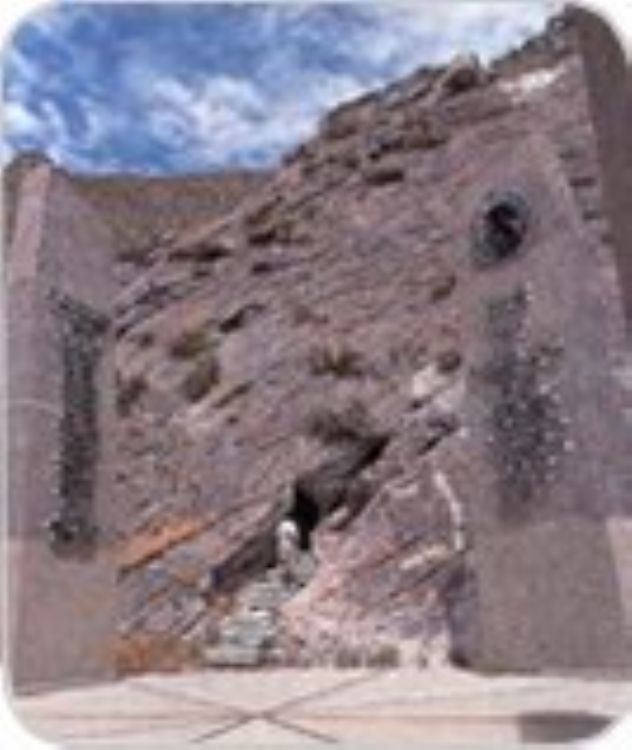
During the War of Reform, the confrontation between liber...

With a total surface of 50,483 sq. kilometers and coasts extending some 900 kilometers, the state of Quintana Roo is conformed by the territory attached to the continental shelf and by the islands of Cozumel and Isla Mujeres.
It is worth noting that the virtual frontier between the Gulf of Mexico and the Caribbean Sea is located within the state's juristiction, which provides the entity with a wide variety of marine species within its waters. In addition, some 120 bird species have been reported to live or nest in the region. The area actually belongs to the sanctuary called Playa Isla Convoy, a heaven aimed at the protection of endangered types of tortoise that lay eggs along the coasts, and known as the Carey, White and Caguama tortoise.
Just as is the case across the Yucatan peninsula, Quintana Roo is formed by flat territories, limestone caves, hollows and natural wells known as cenotes. It also contains the Hondo, Azul, Escondido and Ucum rivers, as well as numerous lagoons.
Climate in the region is mainly hot and sub-humid with rainy summers and an average annual temperature of 27 degrees centigrade.
The state is home to no less than 3 million hectares of jungle, the largest surface in the country for this kind of habitat, as well as to a wide variety of environments such as coastal plains, coral reef, beaches and coasts which turn the state of Quintana Roo into nothing short of a natural treasure.
In total, 25% of the state's surface, including the full length of the coasts, is protected by the state or federal governments. Some of the protected natural reserves include the Banco de Chinchorro, Sian Kaan and its coral reef, as well as the National Parks at Costa Occidente or "West Coast" and located at Isla Mujeres island, Punta Cancun, Punta Nizuc, Tulum, and the coral reefs of Cozumel and Xcalak.
The state is also home to a wide variety of tropical flora and fauna, such as the tiger cat, monkey, pheasant, toucan, cardinal, brocket, tapir, lizard and white heron; while its waters are occupied mainly by shark, grouper, shad, dogfish, red-snapper and black coral, as well as some endangered species such as manatee and tortoise. The type of flora standing out within the thick tropical jungle includes red cedar, mahogany and silk-cotton trees, as well as the chicozapote species used for rubber production.

During the War of Reform, the confrontation between liber...

Mexican visual arts have been very fortunate and prolific...

Without a doubt, this politician is also a character: No ...
.jpg
)
The Mexican Caribbean includes six main destinations: Can...

Mexican cuisine, rich in its variety and ingredients, shi...

During the War of Reform, the confrontation between liber...
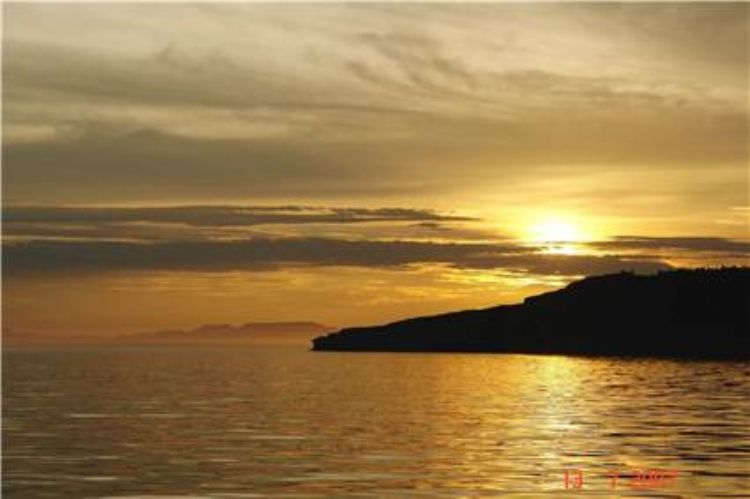
Tourism is one of the countryâs main economic activitie...

The term cenote comes from the Maya word âdzonotâ, me...
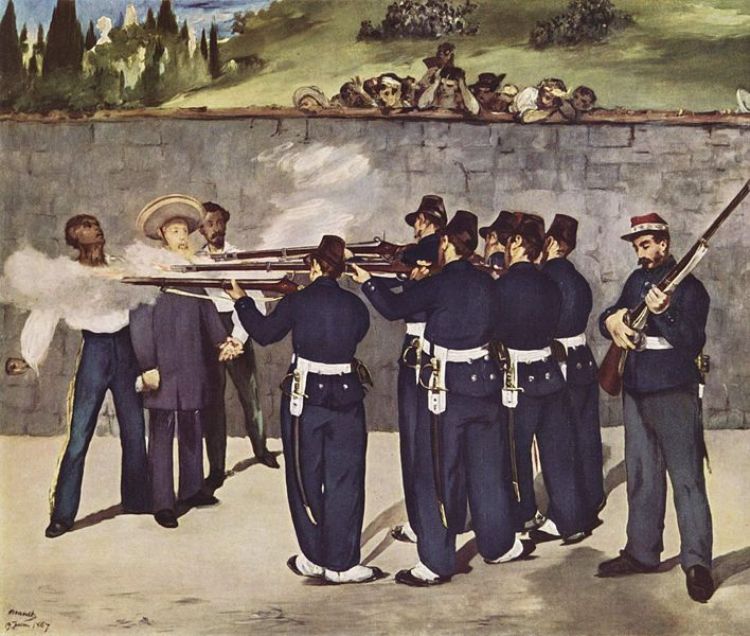
The French intervention of Mexico by the army of the Seco...

Tourism is one of the countryâs main economic activitie...
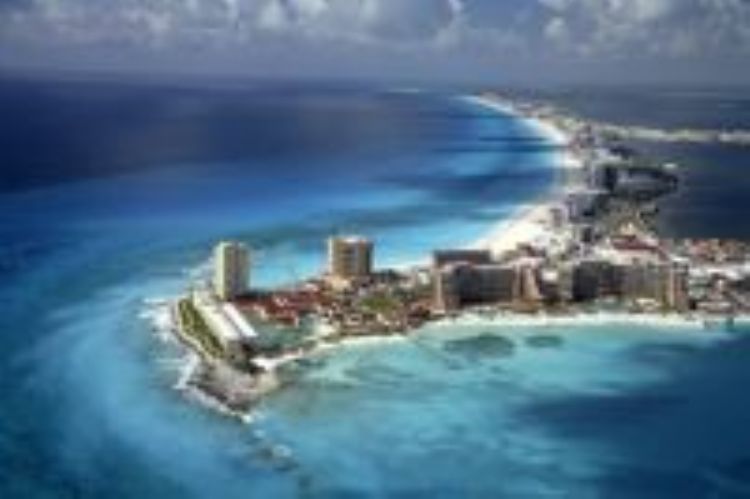
Cancun is Mexicoâs most important tourist destination, ...
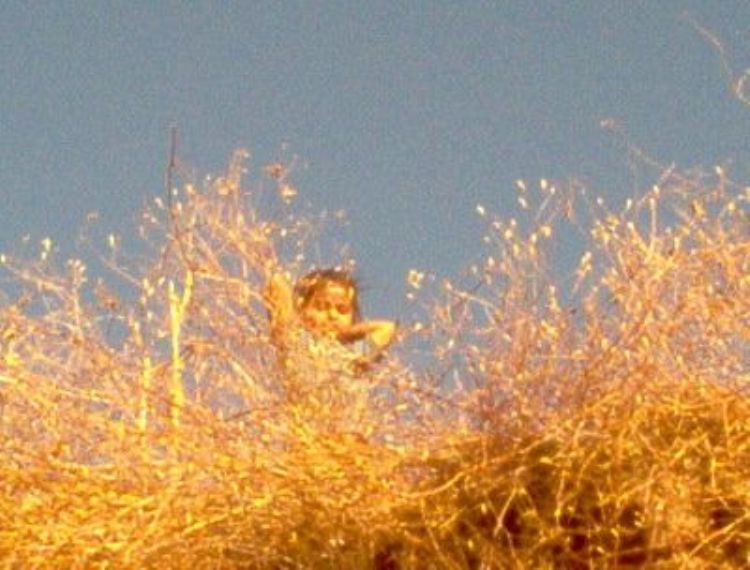
Different international organisms have developed instrume...
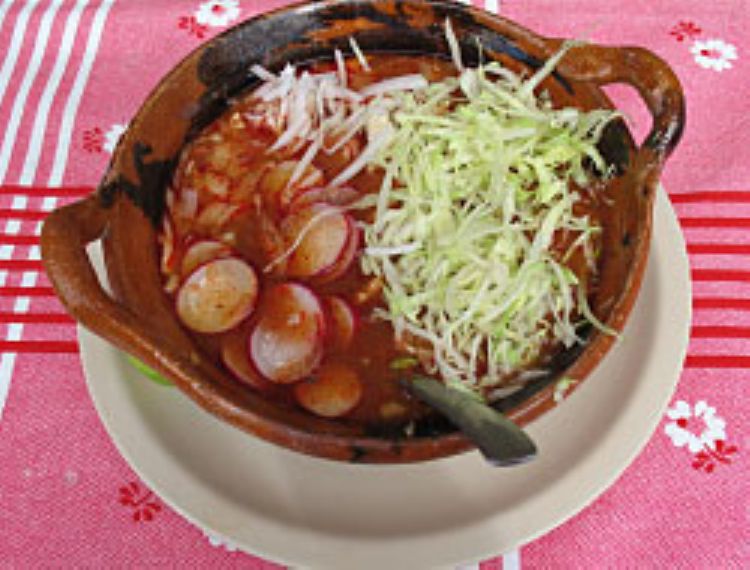
Pozole is a delicious dish prepared with corn, meat, pepp...
.jpg)
One of UNESCOâs goals is for men and women to have spir...

Different international organisms have developed instrume...
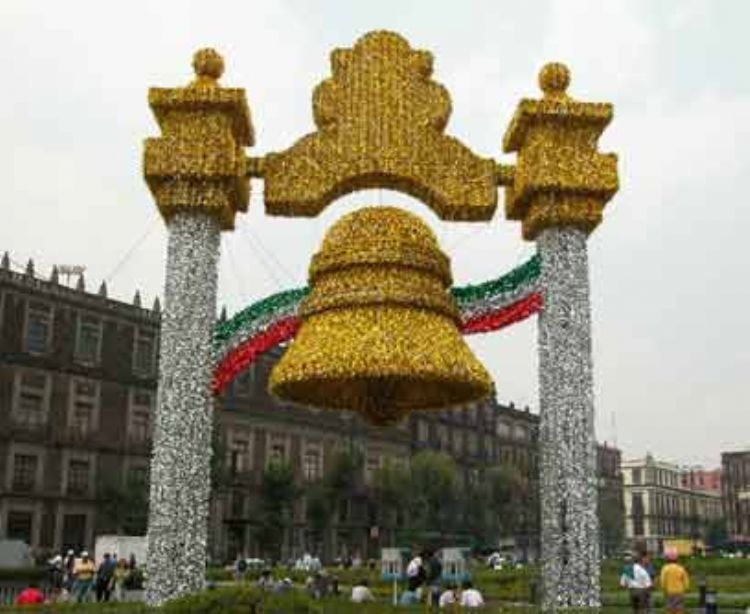
January 1st celebrates New Yearâs Day and is a day of o...

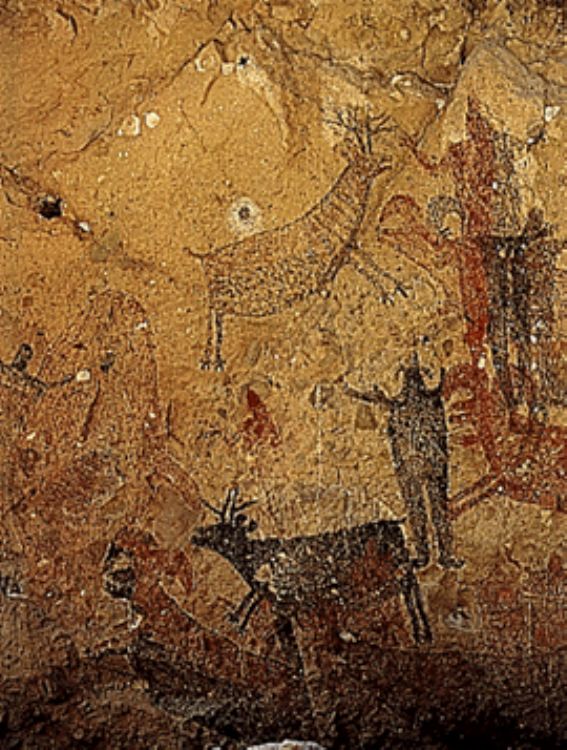
It is a combination of natural formations and those contr...

From the XIX century until now, Mexican writers have been...